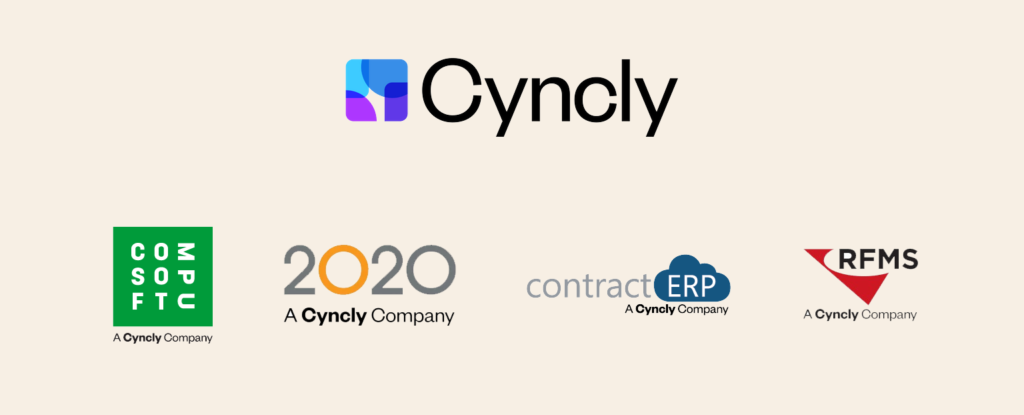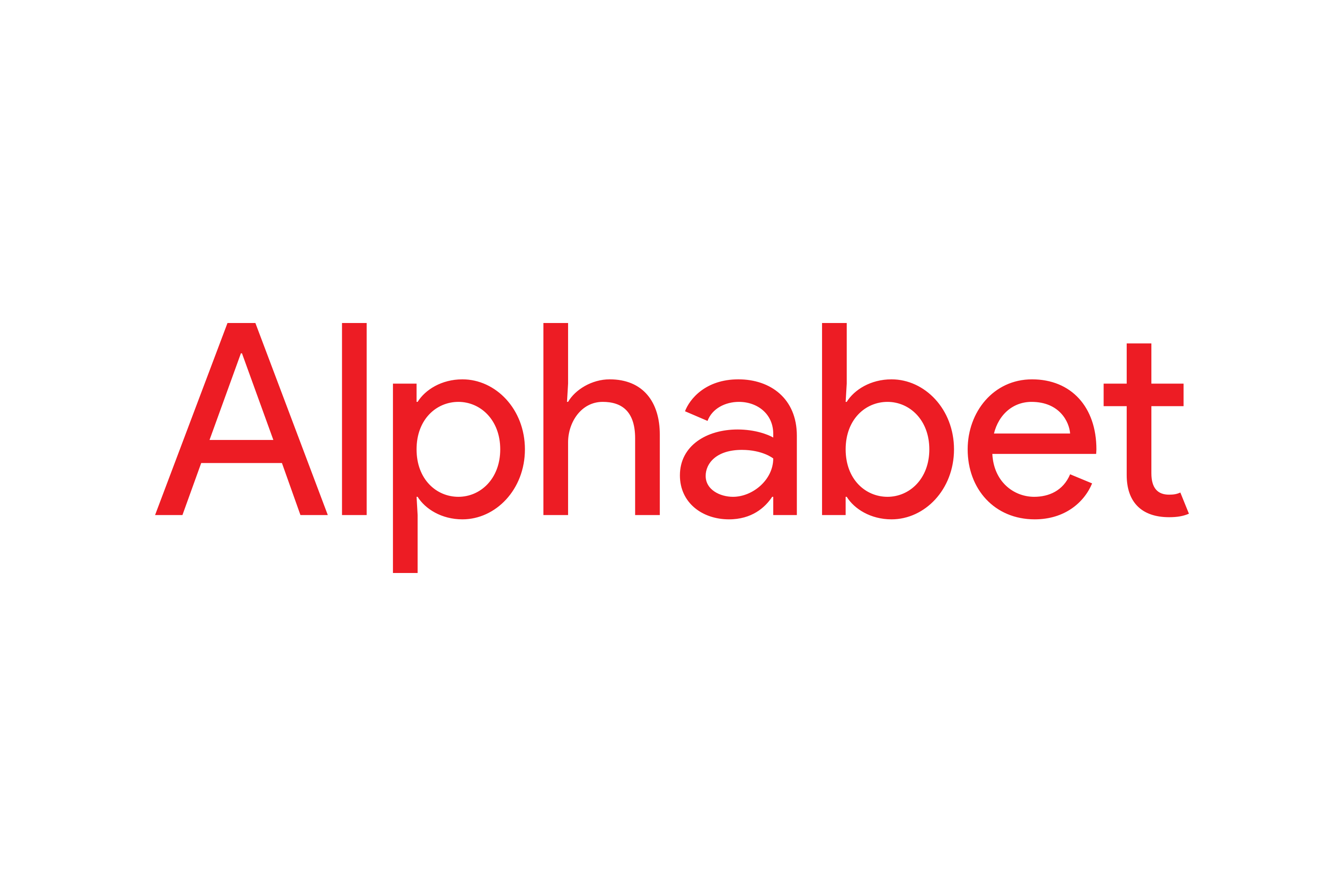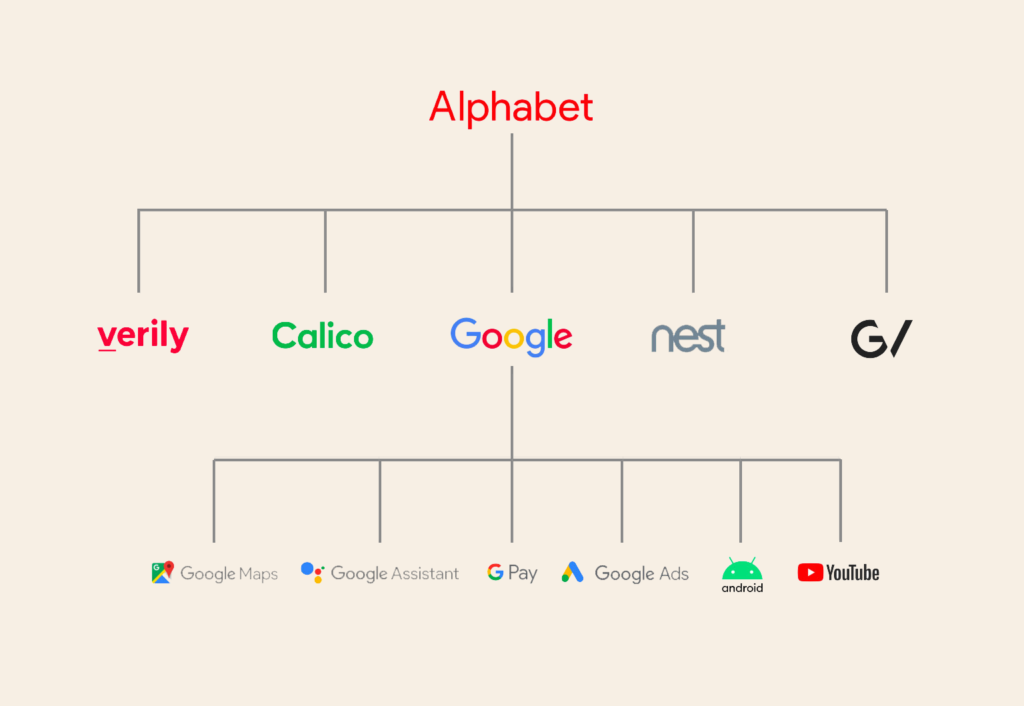Did you miss our previous posts in this series? Catch up with part 1 and part 2.
Welcome to the third installment of our growth series where we are exploring the various ways a company can adapt a portfolio as they evolve. In this segment, we will look at how two companies that started as one brand evolved into a house of brands.
A house of brands structure is built so each brand owned by a parent company can live on its own with separate and distinct identities. This allows for maximum flexibility in terms of brand positioning, communication, and audience targeting. It also insulates the parent company if there is a misstep or failure of a sub-brand. This structure, however, requires a heavier investment in brand as there is a new identity and ethos created for each individual sub-brand.
While this has been a common portfolio structure for consumer good or automobile companies such as P&G or GM historically, technology companies have used it as a transition strategy as they grow, merge, and acquire other brands in more recent years.
Compusoft and 2020 become Cyncly
Cyncly, a software solutions company that spans many industries in the design space, launched in September 2022 as the result of Compusoft and 2020 merging. In creating the new brand, leadership opted for a brand identity that does not borrow equity from the merged companies. Instead, Cyncly’s name was inspired by “synchronization” and “simplicity”, and uses a more modern, bold, and geometric visual identity.
This choice allows Compusoft and 2020, as well as the 11 other offerings within the portfolio, to maintain their existing brands. This benefits the individual user of one of these offerings as there is little change in their day-to-day use as a customer. It also streamlines decision making when new brands are acquired as there is no need to change their individual identity.
In organizing the portfolio, Cyncly uses an endorsement strategy to keep the parent company brand front and center on the sub-brands. This is done through pairing the parent name and logo with the sub-brand name and logo:

Google to Alphabet
Another option for a house of brands structure is to create separation between the parent brand and sub-brands, as Google did when it created Alphabet. Alphabet was introduced in October 2015 as the new holding company for Google and the brands it had created and acquired in its 17-year history.
As a brand, Alphabet is very simple with a red text logo and an online presence mainly focused on investor relations. It remains so separated from its brands that a review of the website doesn’t offer a list of Alphabet-owned companies. Rather, these companies live standalone with basic references to Alphabet and/or Google on About Me or Career pages.

This strategy creates streamlined operations for each individual company because it lives and acts separately from the parent company. From Google, to X Development, to Calico, there is clear distinction between subsidiaries, allowing their audiences to know each brand individually rather than part of the bigger company.

______________________________________________________________________
At BrandJuice, we are a partner in helping you consider all angles of a potential change or evolution of portfolio strategy. If you are in a time of growth, explore our strategy offerings to see how we can help you create a portfolio structure that will serve you well into the future.